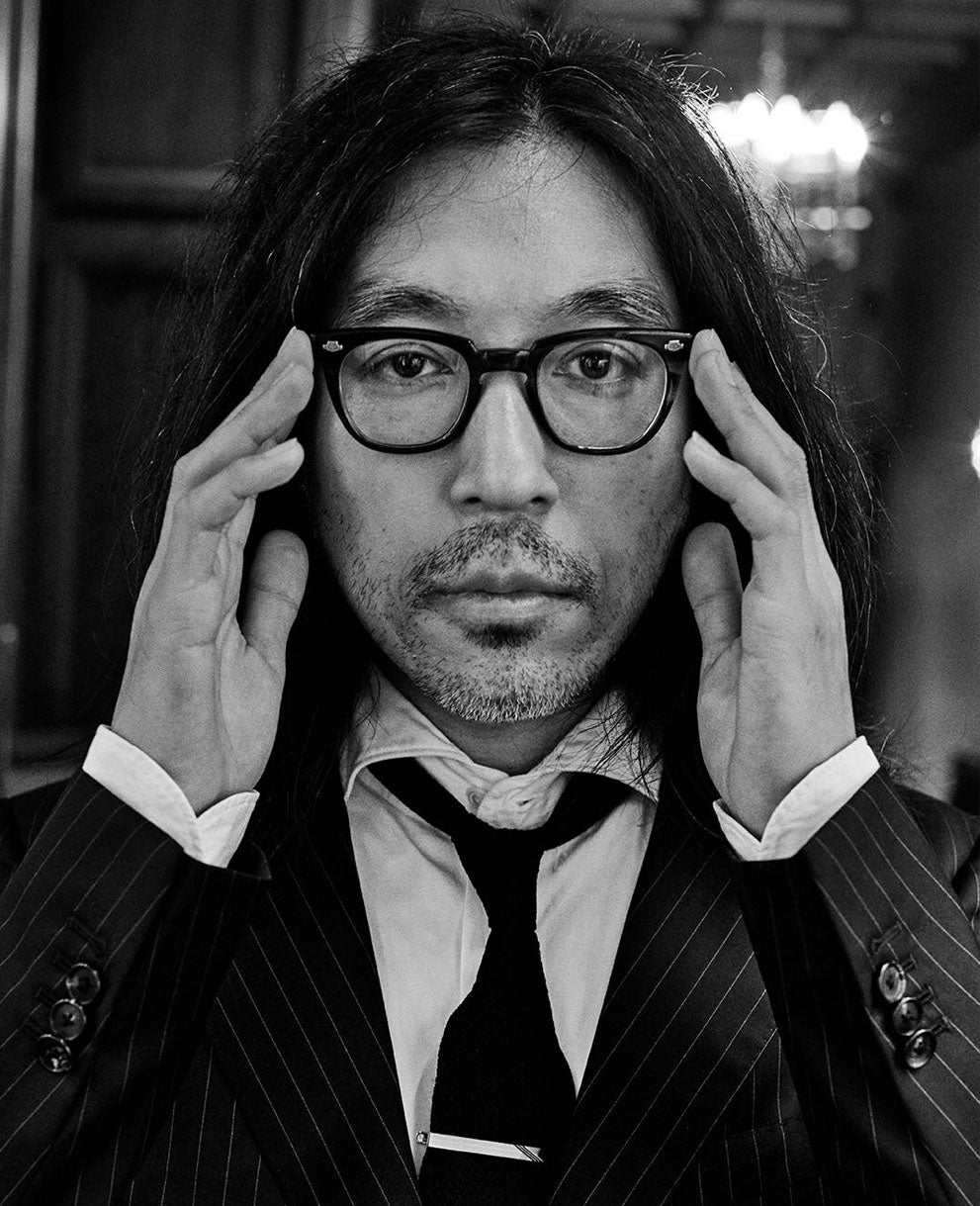So you’ve been down here in the Chelsea area for 10 years, has it changed a lot?
Not really. I mean, it’s always changing but I think by the time I got here the big change already occurred. I moved to New York 23 years ago and I wouldn’t have lived in Chelsea back in the days. But when I moved here 10 years ago it was already OK you know. I know that a big change is coming because of new developments at the foot of the bridge; there’s even going to be an Andy Warhol museum.
“These days I become better at ignoring my own rules.”
He’s also been involved in uncountable projects with almost every fashion photography great – one standout name being Juergen Teller, though most notable is his long-term, ongoing collaborative relationship with the ever on-it Dutch photography duo Inez and Vinoodh. It doesn’t stop there though. Right now he’s also working on a photography book as well as trying his hand at experimenting with film – this time, mostly behind the camera.
Let’s talk about your work and what you do. As your work is both classic and modern, how do you work with timelessness and at the same time still keep changing, improving and developing yourself?
When I usually start working on a project, I create a whole universe with some sort of customized logic to it. It’s almost like creating a new planet, a new world, that is set with physics, weather, gravity, etcetera. I set these rules and then I just throw anything in there. As long as you let all the elements follow, it always has coherence to the project. And as much as I want to mash things up and make it as crazy as possible – it always has that underlying logic to it, which I think keeps it somewhat classic and grounded. But these days I become better at ignoring my own rules. When I was younger I set those rules because essentially I was not confident enough to trust and follow my instincts. It’s a fail-safe mechanism: if you have a rule, it might not be great but you know it’s going to be coherent.
What happened over the course of the years is, you’re working on a project and something unexpected happens. Then you look at it and even though it’s totally against the rules you set up, it feels better or it feels right. I used to ignore that instinct because it was safe. But now I follow it more, even if it goes against the rules I set up.
“It was Yohji Yamamoto who was quoting something from Japanese marshal arts: ‘the best punch comes out if you relax your muscles’. That’s how I see it now.”
How do you know a work is done? When is it a piece?
You see, that’s the thing. I think it’s easy to keep working on it, but for any of us who design, write, photograph or produce anything, as long as you know when to finish you’re good. These days I don’t even try to have the idea that something is done, but I’m still really bad at that. When you’re working on something, the closer you get to completion, the harder it gets. It’s like chess. In the beginning you have so many possibilities, making steps, designing stuff and adding colours. But as the progress continues and the closer you get to completion, you’re eliminating more and more possibilities. It’s like a puzzle. Sometimes I get to 90% quite quickly, but then the last five to ten per cent takes me just as much time. To get to that point, you corner yourself by logic. So I’m still battling that but I have a loose idea about when things are done. I don’t know if that’s a good thing but at least it’s a different approach. Sometimes it also gives you a breathing space in your work. When something is so very completed, I’m not sure if it’s necessarily relatable for the viewer.
“I just want to make something for fun. It has to be fun.”
PHOTOGRAPHER MARC HOM | WORDS BY MATTEW FREEMANTLE



